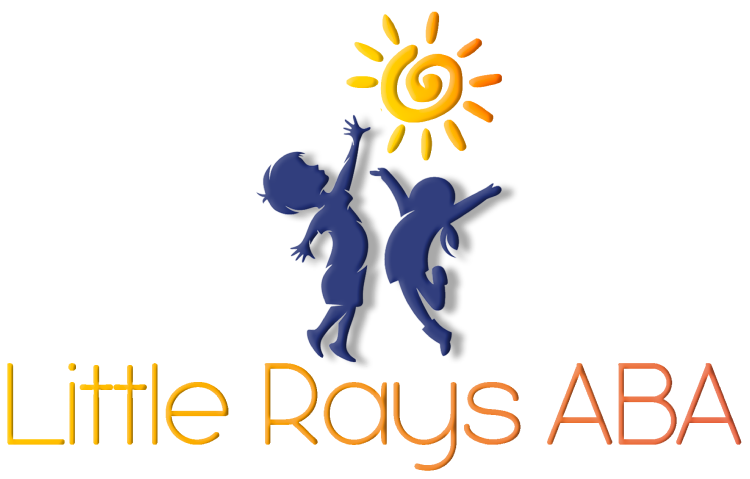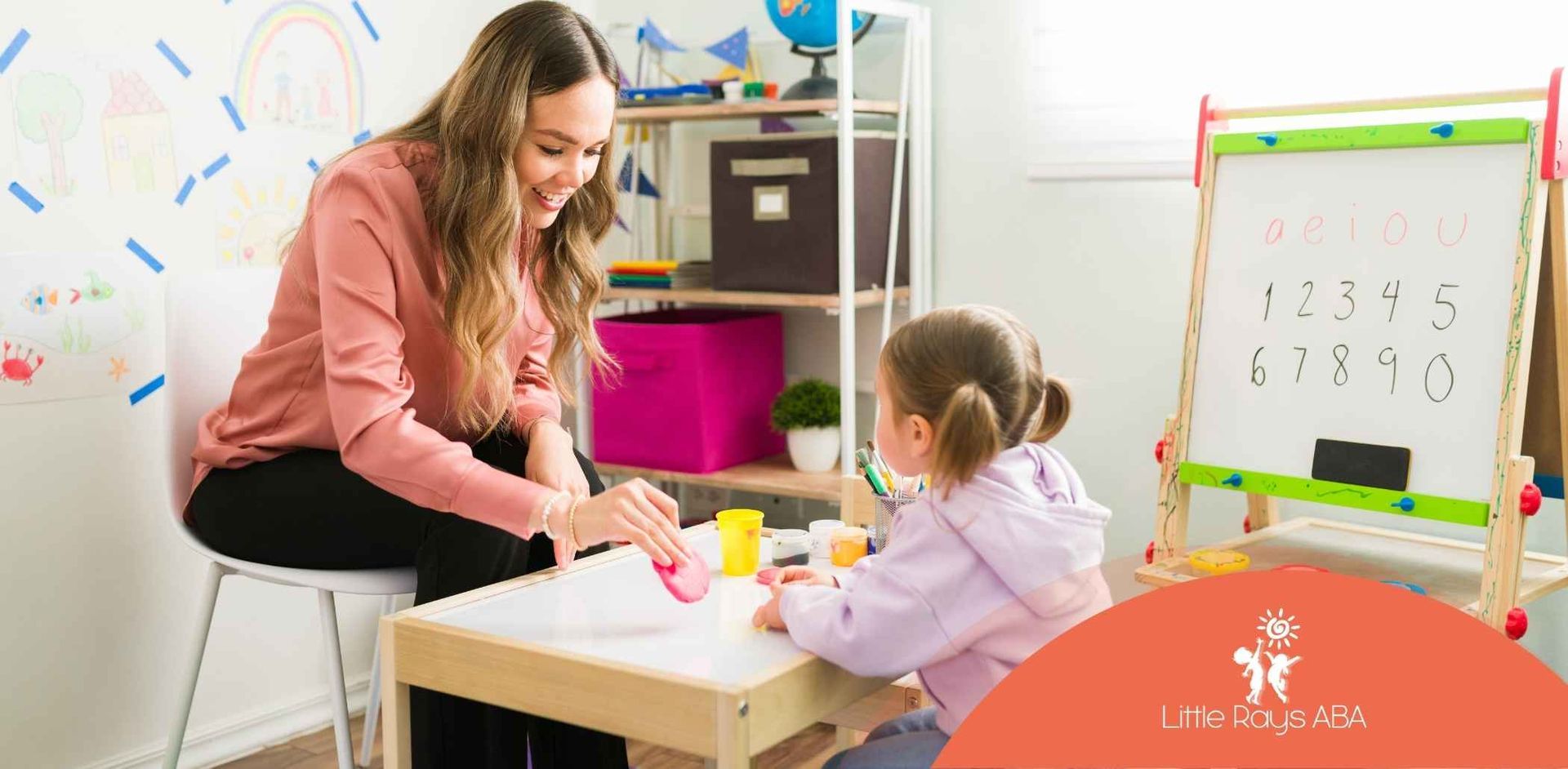
Practical Uses of Whole Interval Recording in ABA Therapy
Key Highlights
- Whole interval recording is a type of discontinuous measurement, focusing on observing if a behavior occurs throughout the entire interval during an observation period.
- It offers accurate data collection by tracking behavior patterns and providing valuable insights into its duration and frequency.
- ABA therapists use this structured method to enhance treatment plans and monitor progress over time effectively.
- This method is best suited for continuous or long behaviors, delivering detailed insights that aid in behavior analysis.
- Challenges such as potential underestimations can be mitigated with proper planning and supplemental techniques.
Introduction
Whole interval recording is an important tool in applied behavior analysis (ABA) therapy. It helps monitor long-term behaviors during specific observation times. This method checks if a specific behavior happens consistently throughout each interval. This gives valuable insights into behavior patterns. By concentrating on the full duration of the behavior, therapists collect accurate data. This data helps them create effective treatment plans. Whole interval recording provides ABA therapists with a clear way to understand behaviors. It also helps them make smart choices for targeted interventions.
Understanding Whole Interval Recording in ABA Therapy
Whole interval recording is very important in ABA therapy. It helps therapists watch behaviors that happen for a long time. With this method, they can see when and how long behaviors occur. This leads to clear behavior analysis.
Using this kind of measurement, ABA therapists can understand behavior patterns better. They can also see what triggers these behaviors and how they change over time. This technique helps create focused interventions and allows for tracking patient progress during therapy sessions.
What is Whole Interval Recording?
Whole interval recording is a method used in applied behavior analysis. It tracks behaviors that happen consistently over specific time slots. This technique is a type of discontinuous measurement. It breaks the observation period into smaller intervals. Therapists can then see if the behavior lasts for the whole time of these intervals.
This method is very good for getting data on behaviors that are continuous or happen often. Only the behaviors that last for the full duration of each interval are counted. This way, therapists get deep insights, while short actions are not included, which makes the data accurate but can miss occasional behaviors.
By looking at the interval data, ABA therapists get important details about behavior patterns, triggers, and how long behaviors last. This helps them make better decisions. For example, they can adjust treatment plans or change environments based on what they learn. In the end, whole interval recording gives therapists the tools to create better interventions and track behavioral progress effectively.
Key Principles Behind Whole Interval Recording
Whole interval recording is based on careful and clear observation to keep accurate data collection. This method focuses on dividing observation time into smaller intervals. It helps ensure specific behaviors are recorded consistently during these times.
This ABA technique gives practitioners a clear way to spot patterns and durations of behavior in certain time frames. By counting behaviors happening during full intervals, therapists avoid wrongly counting quick or brief incidents. This helps keep the data reliable.
The data gathered from whole interval recording helps ABA therapists see important behavior trends. These trends are essential for checking how well behavior intervention plans work, tracking progress, and finding areas that need improvement. By paying attention to accurately observed patterns, therapists can help individuals better, supporting their functional and behavior growth.
Benefits of Using Whole Interval Recording in ABA Therapy
Whole interval recording in ABA therapy has many benefits. It provides a clear and organized way to track long or ongoing behaviors. This method helps improve accuracy, which allows therapists to understand behavior patterns and trends better over time.
Using this technique, therapists can follow progress effectively. They can also adjust treatments to fit each person's unique needs, leading to better results. Whole interval recording helps ABA practitioners make informed decisions. This is essential for creating focused and flexible therapy plans.
Enhancing Behavioral Assessment Accuracy
Accurate data collection is very important in behavioral assessment. Whole interval recording helps to get valuable insights into how often and how long behaviors last during the observation period. This method only records behaviors if they happen throughout the entire interval, giving therapists useful details needed for behavior analysis in applied behavior analysis (ABA).
With this structured method, therapists can better identify behavior patterns. For example, knowing if a behavior happens at certain times gives useful data about its consistency. This can help therapists create treatment plans based on solid evidence.
Even though whole interval recording might miss short-lived behaviors, it is great for tracking longer-lasting ones. This reliability helps therapists change their approaches for long-term improvement, making it very important for keeping track of behavioral progress.
Improving Patient Monitoring and Progress Tracking
Whole interval recording helps monitor patients by providing a clear way to observe and measure progress over time. This method lets ABA therapists focus on specific behaviors, making sure the data collected shows trends that guide changes in treatment plans.
It is great for tracking behaviors during therapy sessions. By recording when behaviors happen over set times, therapists can see how long and how often certain patterns occur. This detailed observation helps find out if the treatments work.
The useful insights from whole interval recording not only help patients understand their progress but also let therapists find any issues that need to be fixed early on. With this reliable method, ABA professionals keep treatment goals in sync with the patient’s growth needs, promoting steady development.
Implementing Whole Interval Recording in Therapy Sessions
Implementing whole interval recording needs good planning and careful steps to get reliable data. ABA therapists begin by setting the observation period and choosing the right intervals for the behavior they observe.
A clear approach is to use timers and recording sheets. This helps maintain accuracy during the process. Planning carefully means therapists can record events correctly. The information gathered from whole interval recording helps improve intervention methods, which benefits therapy results.
Preparing for a Whole Interval Recording Session
Preparation is very important for a successful whole interval recording session. ABA therapists need to make sure everything is ready before starting their observations. Here are some key steps to prepare:
- Define the target behavior: Clearly explaining the specific behavior helps make sure the data matches the therapy goals.
- Select interval lengths: Choose the right lengths for the intervals based on how often the behavior happens.
- Gather materials: Important items include a timer, a recording sheet, and a pen or pencil.
Also, creating a distraction-free space helps keep focus, which is very important during observations. Being familiar with the behavior definition helps avoid mistakes while tracking. By taking these steps, therapists set a strong foundation for effective and accurate behavior recording during ABA sessions.
Steps to Conduct Whole Interval Recording Effectively
To apply whole interval recording effectively, follow these
structured steps detailed below in the flow chart:
Step 1
Set the time interval
Divide the observation period into smaller, consistent intervals.
Step 2
Define target behavior
Identify and clearly describe the behavior to be tracked.
Step 3
Prepare tools
Use a timer and recording sheet to ensure accuracy during observation.
Step 4
Focus on behavior
Observe whether the behavior occurs throughout the entire interval duration.
Step 5
Mark occurrences
Record behavior using "X" for full occurrences and "O" for missed intervals.
This approach ensures structured and accurate data collection in ABA therapy sessions. Observing each interval attentively captures valuable long-duration behavioral trends crucial for therapeutic decision-making.
Conclusion
Whole interval recording is a useful tool in ABA therapy. It helps get more accurate behavior assessments and keeps track of patients better. Using this method, therapists can see a client's progress over time. This organized approach helps with collecting data effectively. It also allows for customized interventions based on individual needs. Using whole interval recording can help make better choices during therapy sessions. This is good for both therapists and clients. If you want to learn more about how to use whole interval recording in your practice, feel free to ask for a free consultation.
Frequently Asked Questions
How does whole interval recording help in behavior analysis?
Whole interval recording helps with behavior analysis by making sure the data collected is accurate. It looks at how behaviors happen over complete time intervals. This method gives clear details about behavior patterns and how long they last. This information is useful for therapists to design specific interventions, track progress, and develop better treatment plans in ABA therapy.
What are the primary challenges when using whole interval recording?
The biggest problem with whole interval recording is that it might not show all the behaviors happening. A behavior is only recorded if it lasts for the entire interval. This means you need to plan well and may need to use other methods for accurate data collection. This is especially true in ABA therapy sessions where behaviors can change a lot.
SOURCES:
https://specialconnections.ku.edu/assessment/data_based_decision_making/teacher_tools/whole_interval_recording
https://www.motivity.net/blog/3-major-perks-for-using-interval-recording-based-on-research
https://link.springer.com/article/10.1007/BF01321385
https://rst6-livesite.rschooltoday.com/sites/northlandsped.org/files/files/Special%20Education/Observation%20Forms/Whole_Interval_examplerevised.pdf
https://www.studynotesaba.com/glossary/whole-interval-recording/?srsltid=AfmBOop9MoiC-uKylswLDjMnnJvgnnjFljqQTsLvvI9GLNFsMcWpq6Yw
Related Posts





